The Federal Aviation Administration manages over 45,000 flights daily across American airspace, coordinating a complex symphony of aircraft, airports, and air traffic control systems. Each communication between pilots and controllers, every radar update, and all flight data transmissions represent potential vulnerabilities in an increasingly connected aviation ecosystem. As the FAA modernizes through NextGen initiatives, the need for quantum-resistant security has never been more critical.
The Current Aviation Security Landscape
Today’s air traffic control systems rely on a patchwork of legacy and modern technologies. Voice communications, radar data, flight plans, and weather information flow through multiple channels, often with varying levels of encryption. While the FAA has made significant strides in cybersecurity, the approaching quantum computing era presents unprecedented challenges.
Traditional encryption methods that protect these communications today could be rendered obsolete by quantum computers within the next decade. For an industry where safety depends on reliable, secure communications, this timeline is alarmingly short. The aviation sector cannot afford to wait for quantum threats to materialize before acting.
Understanding the Quantum Threat to Aviation
Quantum computers leverage quantum mechanics principles to perform calculations exponentially faster than classical computers. While this promises revolutionary advances in many fields, it also threatens to break current encryption standards. For aviation, this means:
- Encrypted air-to-ground communications could be intercepted and decoded
- Flight plan databases could be compromised
- Navigation and surveillance systems could be manipulated
- Critical infrastructure control systems could be vulnerable to attack
The “harvest now, decrypt later” threat is particularly concerning. Adversaries could be collecting encrypted aviation data today, waiting for quantum computers to crack it tomorrow. Given that flight patterns, infrastructure details, and security protocols change slowly, even historical data could provide valuable intelligence for malicious actors.
GABRL’s Invisible Solution for FAA Systems
GABRL addresses these challenges through its unique approach to quantum-resistant encryption. Unlike traditional security solutions that require extensive infrastructure overhaul, GABRL operates invisibly beneath existing FAA applications and systems.
When deployed across FAA networks, GABRL creates secure enclaves for different operational zones. Air Route Traffic Control Centers can operate in their own encrypted environment, while Terminal Radar Approach Control facilities maintain separate secure channels. These microsegmented boundaries ensure that even if one area is compromised, the breach cannot spread throughout the entire system.
The software-only nature of GABRL means it can be rapidly deployed without disrupting critical operations. Controllers continue using their existing workstations and software, while GABRL silently encrypts all communications with AES256 quantum-resistant protection. This invisible integration is crucial for the FAA, where any operational disruption could impact flight safety.
Real-World Implementation Scenarios
Consider a typical interaction between Chicago Center and United Flight 123. As the controller issues routing instructions, GABRL automatically:
- Authenticates both endpoints in real-time
- Establishes an encrypted IPSec tunnel
- Transmits the communication through quantum-resistant channels
- Verifies message integrity upon receipt
This happens in milliseconds, invisible to both controller and pilot. The same protection extends to radar data feeds, weather updates, and inter-facility coordination. GABRL’s application-agnostic design means it works equally well with legacy VHF radio systems and modern datalink communications.
For ground-based systems, GABRL secures connections between FAA facilities and airline operations centers. Flight plan submissions, gate assignments, and maintenance records flow through quantum-encrypted channels without requiring changes to existing airline systems.
The Path Forward
The FAA’s NextGen modernization provides an ideal opportunity to implement quantum-resistant security. As systems upgrade, GABRL can be incorporated from the ground up, ensuring new technologies are quantum-secure from day one. For legacy systems that will remain operational for years, GABRL’s retrofit capability provides immediate protection without expensive replacements.
The stakes couldn’t be higher. Aviation security isn’t just about protecting data – it’s about safeguarding lives. Every flight depends on secure, reliable communications. As quantum computing advances from theoretical threat to practical reality, the FAA needs solutions that work today while preparing for tomorrow.
GABRL offers that solution. By making military-grade, quantum-resistant encryption invisible and accessible, it enables the FAA to secure the skies without grounding a single flight. In an industry where safety and efficiency are paramount, GABRL delivers both – ensuring that American aviation remains secure in the quantum age and beyond.
The future of aviation security doesn’t require choosing between protection and performance. With GABRL, the FAA can have both.

